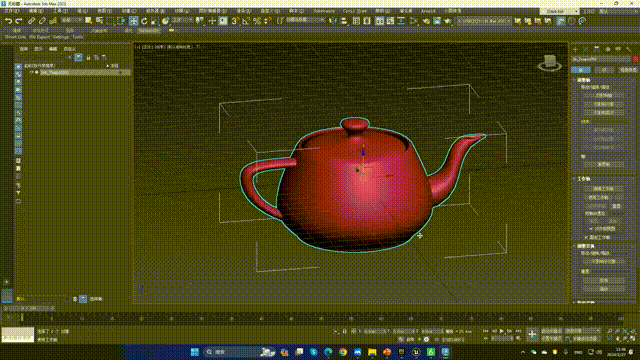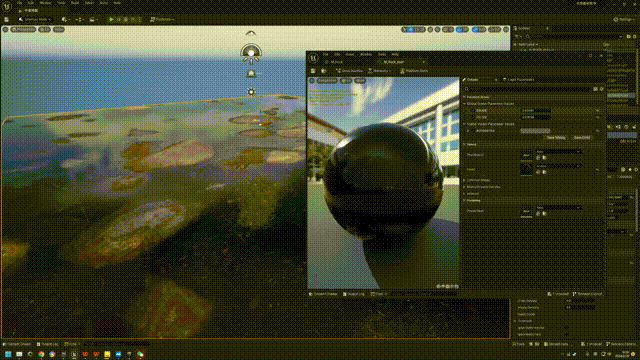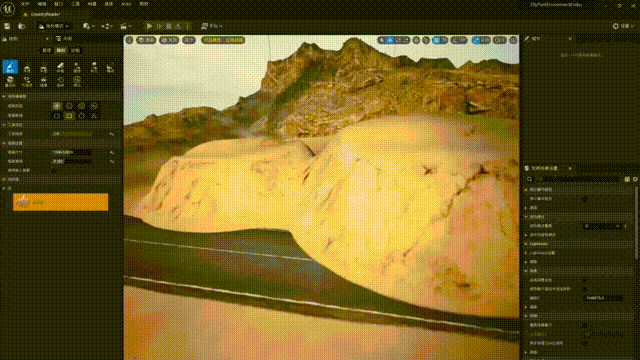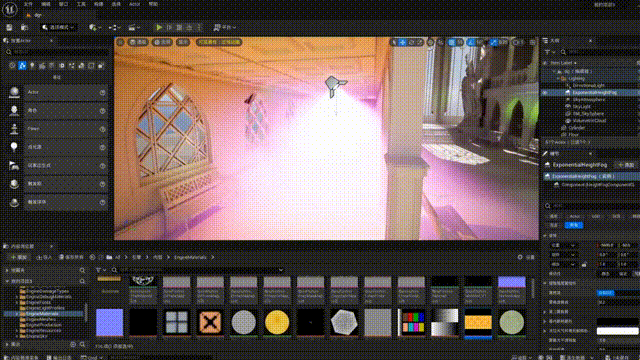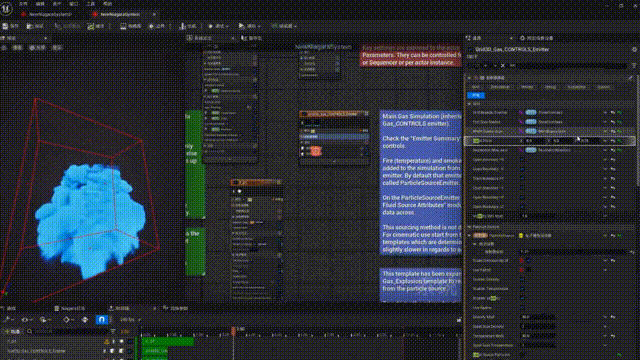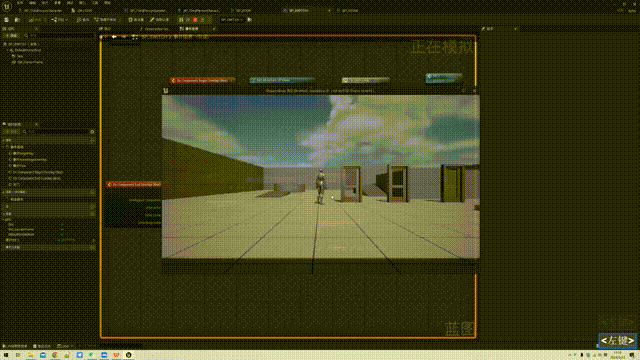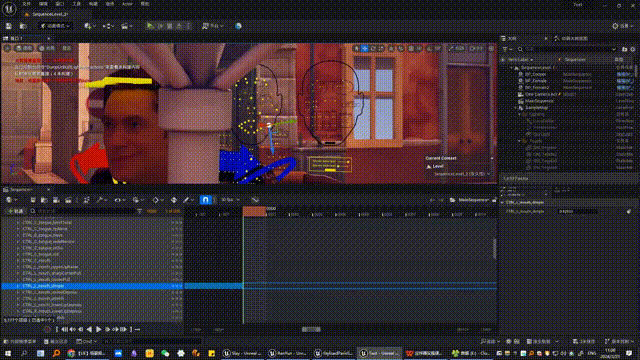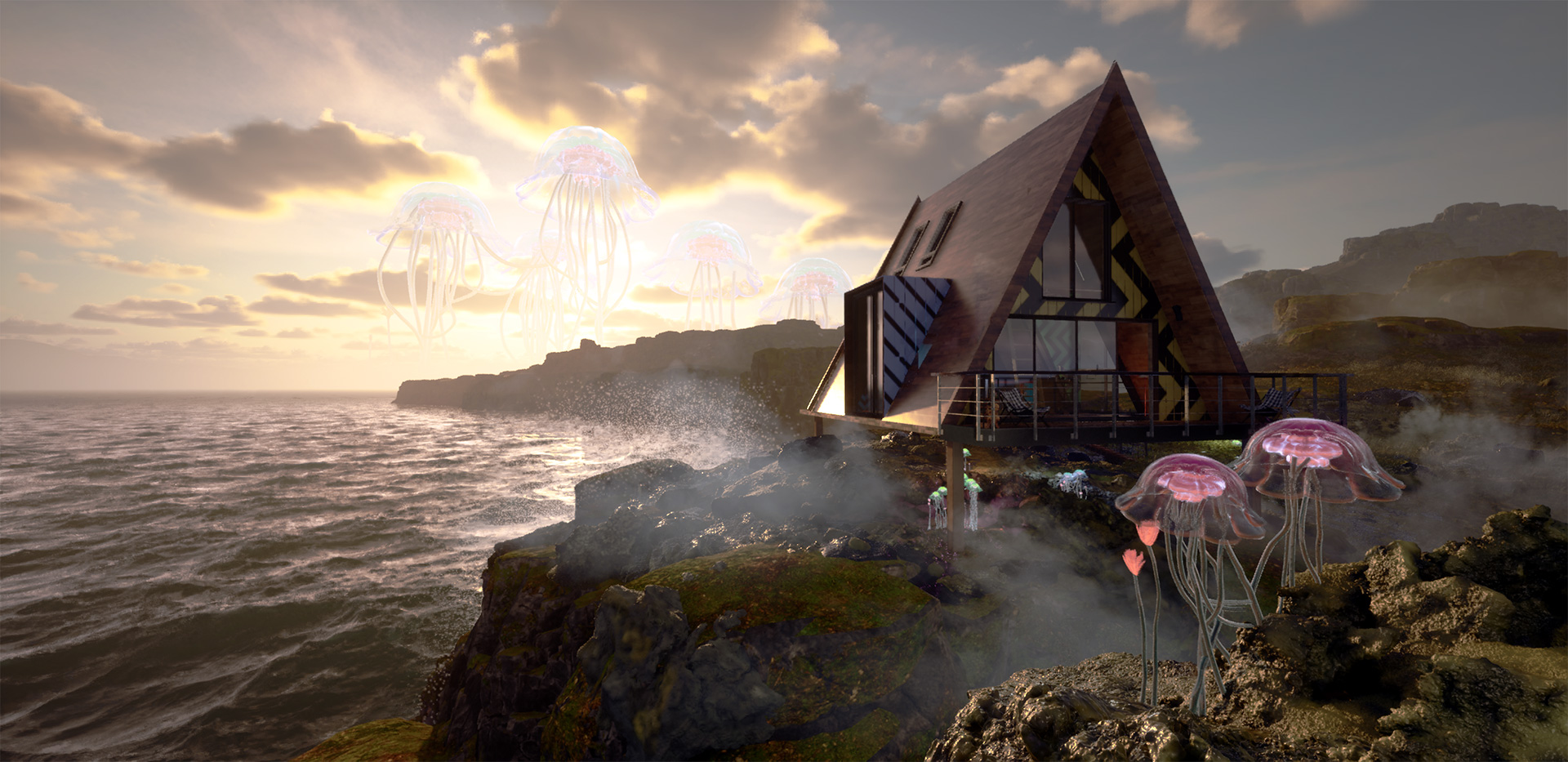
Introduction to Unreal Engine
This course is a systematic general education program aimed at beginners with no experience. It will guide students from basic to advanced levels, helping them gradually understand Unreal Engine and learn to apply various tools.
Course Level: Beginner Duration: 1 month Period: 176 credit hours
Course duration
On-site Training: January 1 - January 30, May 1 - May 30, August 1 - August 30, December 1 - December 30, 2025
Online Training: April 1 - June 30, October 1 - December 30, 2025
Registration period: Registration closes 10 days before the start of each course

